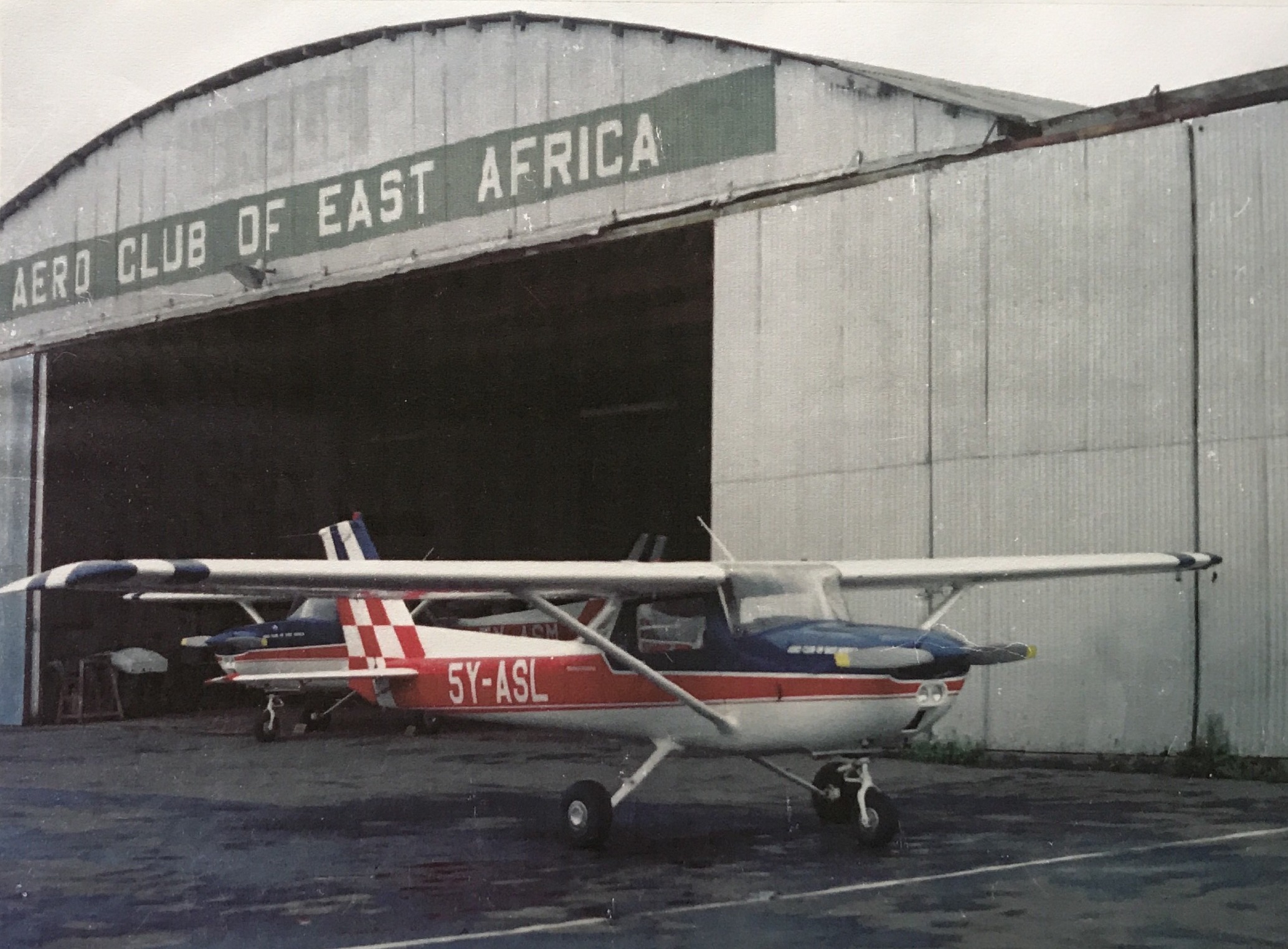Aero Club of East Africa
History
-
Birth of the Aero Club of East Africa (cont.)
-
The thirties were glory years, not only because the Club played an important role in opening up the country, but also because its members took their place amongst the world’s aviation pioneers: Beryl Markham, the first person to fly across the Atlantic from East to West; Tom Campbell Black, who won the London to Melbourne Air Race in 1934.
During the Second World War the government took over the airfield. The field was transformed into a military base and in 1939 the Aero Club had to move, lock stock and barrel. It was indeed fortunate that the Clubhouse, supplied by Timsales in 1929, was made of wood and thus could easily be dismantled and re-assembled on its temporary home near Nairobi Dam.
Dozens of Aero Club members joined up to fight in the war and, sadly, nineteen of them did not return. In 1940, the pilots trained by the Club were grouped into the “Kenya Auxiliary Air Unit” and, after incorporation into the Royal Air Force, many made names for themselves in the North African and European theatres. Several, including Sqn. Lrd. George Reynolds and Sn. Ldr. Alec Noon were highly decorated.
In 1945 when hostilities ceased a sub-committee was formed to plan the resumption of civilian flying and for the return to airside. By 1947 the Clubhouse was back where it belonged: Nairobi West Aerodrome. With Government help, the Club bought six Tiger Moth training aircraft in Rhodesia with the kitty (three thousand pounds) that had accumulated during the war, and when the Governor of Kenya handed over the keys to the rebuilt Clubhouse, he commended the Aero Club, stating “We all hope sincerely the Club’s fine achievements in the past may be greatly widened and developed in the future.” With those words, three Tiger Moths, flown by Jack Trench, W. Duirs and E. Appleby, took to the air.
The Aero Club of East Africa has continued to grow. The ‘Secretary’s House’ and the first accommodation block were built in 1956. Further renovations in 1974 saw the construction of a new hangar and two squash courts in 1978. The “Daddy Probyn Bar” came into being in 1984, and was named after Air Commodore Probyn, an icon of Kenyan aviation.
On the aviation front, from 1964 to the end of the 70’s the Club organized an annual Flying Safari. The first, with 38 aircraft, included participants from the Kenya Air Force and was flagged off by Hon. Tom Mboya, then Minister for Justice & Constitutional Affairs.In 1989, Dr Imre Loefler, an avid private aviator and past Chairman of the Club, conceived the idea of a flying competition between Nairobi and Harare. Dubbed the “Preston Rally” after Flt. Lt. Chevallier Preston who, in 1929, was the first person to fly from Nairobi to Salisbury, it has so far been held four times.
Navexes are still organized from time to time, although eternally escalating costs put something of a damper on this popular form of competition.
The Aero Club also organizes air shows featuring various flying competitions for student pilots, aerobatics, skydiving and crop spraying demonstrations, among other events. One of the most popular aspects of any air show has been the joyrides which have enable thousands of Kenyans to experience their first flight.


